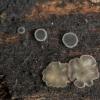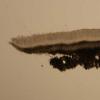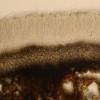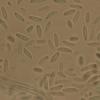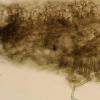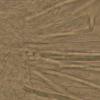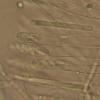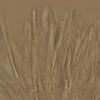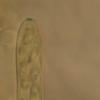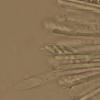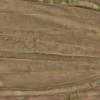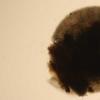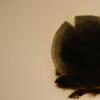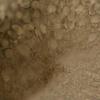
21-12-2025 09:32
Hello.A tiny ascomycete found embedded in wood in

22-12-2025 00:47
Patrice TANCHAUDBonsoir, récolte à proximité du milieu dunaire

21-12-2025 21:32
Pol DebaenstHello, Garden, Burgweg 19, Veurne, BelgiumOn 10/1

21-12-2025 21:40
Isabelle CharissouBonjour, j'aimerais connaitre les références de

21-12-2025 21:31
Pol DebaenstHello, Garden, Burgweg 19, Veurne, BelgiumOn 10/1

21-12-2025 21:31
Pol DebaenstHello, Garden, Burgweg 19, Veurne, BelgiumOn 10/1

20-12-2025 23:08
Patrice TANCHAUDBonsoir, récolte sur sol sablonneux dans l'arri�

20-12-2025 15:47
Mirek GrycHi.These grew on pine wood that was heavily covere
 Mollisia
MollisiaHello,
please, how would you determine this Mollisia?
- on deciduous wood (Salix and Alnus are the most common trees in the locality)
- asci IKI bb, 8-spored, arising from croziers, 71-92 x 6-7.6 µm
- ascospores (7.3)8.4–10.1(10.9) × (2.3)2.5–2.9(3.1) µm, Q = (2.6)3–3.6 (4), Me = 9.1 × 2.7 µm; Qe = 3.3
- aseptate, OCI = 1-1.5
- KOH reaction negative
- subhymenium consisting of hyaline hyphae
- marginal cells about 15-20 µm long
In the key by Andreas Gminder, my first problem appears at the point 25. Cells of the ectal excipulum are not brown only at the base, but also not "up to the margin" - the most marginal cells are hyaline.
If chosing „brownish only at the base", the best fitting is M. benesuada.
If chosing „brownish up to the margin", I cannot decide again whether to choose „oil content 0(+)" or „oil content ca 2" (I would say my specimen has oil content between 1 and 1.5). If following OCl = 0, the best choice is M. cinerea. But the spores in my fungus definitely aren´t missing oil...
If jumping on „oil content 2", I cannot choose anything which would fit well.
Thanks, Zuzana


thank you for your answer.
The excipulum had a green tinge after applying 5% KOH (the green colour is mentioned in the key in M. olivaceocinerea with NH4OH).
Best, Zuzana

